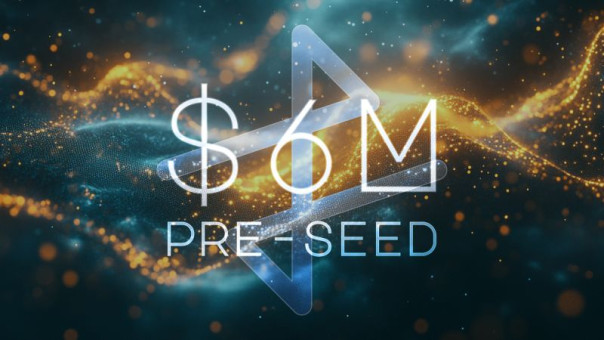Vitalik Buterin to the Rescue, L2s Enhance not Detract
Vitalik Buterin likens L2s to web browsers, enhancing Ethereum's ecosystem.
September 11, 2024 03:14 PM
Reading time: 2 minutes, 35 seconds
TL;DR Critics argue that Layer 2 solutions have strayed from Ethereum's foundational principles. Vitalik Buterin and Offchain Labs co-founder Steven Goldfeder counter these claims by revisiting the 2020 rollup-centric roadmap. They assert that L2s enhance rather than detract from Ethereum's long-term vision.

Introduction
Critics have recently scrutinized Vitalik Buterin's vision for Layer 2 (L2) solutions. Some claim that L2s have strayed from Ethereum's [ETH] foundational principles and the original roadmap.
These arguments suggest that L2 solutions, designed to enhance Ethereum's scalability, no longer align with the network's core objectives. However, many of these criticisms overlook key aspects of Buterin's 2020 rollup-centric roadmap, which outlines a clear path for L2 development.
Addressing the Criticisms
In response to these criticisms, Offchain Labs co-founder Steven Goldfeder addressed the issue in a recent post on X. He countered the claims by revisiting Vitalik Buterin's 2020 rollup-centric roadmap.
Goldfeder emphasized that the current development of Layer 2 solutions is still aligned with Ethereum's long-term vision. He said, "Those arguing that L2s have become misaligned haven't read @VitalikButerin's Rollup centric roadmap from 2020."
To strengthen his argument, Goldfeder shared three quotes that directly refute some of the most bizarre claims, providing clear evidence in support of Buterin's original roadmap.
Misconceptions About L2 Solutions
The initial criticism stemmed from a common misconception. Critics argued that different Layer 2 (L2) solutions, such as Arbitrum and Base, could not belong to the Ethereum ecosystem due to their competitive nature.
However, Goldfeder debunked this claim by referencing Vitalik Buterin's roadmap. The roadmap emphasized that "it's okay (actually good!) for Ethereum to consist of several 'islands' that are unique yet still part of a greater Ethereum."
Despite their differences, these "islands" can still contribute to the overall Ethereum ecosystem. Diversity in L2 solutions strengthens Ethereum by offering various approaches that complement rather than detract from the network.
"It's okay (actually good!) for Ethereum to consist of several 'islands' that are unique yet still part of a greater Ethereum."
Financial Aspects and DeFi
The second claim was that "L2 tokens are bad. Collecting fees/MEV revenue is bad and misaligned with Ethereum." Goldfeder pointed out that this claim is unfounded, emphasizing that "This was a key feature in the 2020 roadmap."
The final claim critics made was that "L2s aren't meant for DeFi. DeFi should be left on Ethereum, and L2s supporting DeFi projects are misaligned."
To which Goldfeder replied, "Vitalik calls out DeFi as the expected first adopter in a comment on the 2020 roadmap."
Vitalik Buterin Weighs In
Vitalik Buterin also joined the discussion and offered his perspective on Layer 2 solutions. He reiterated that L2s are akin to web browsers in their capacity to enhance Ethereum's ecosystem.
Buterin emphasized that developing Layer 2 solutions is integral to Ethereum's long-term scalability and functionality. By drawing parallels between L2s and web browsers, Buterin illustrated how these solutions enhance the user experience and overall functionality of the Ethereum network.
Conclusion
In summary, the criticisms aimed at Layer 2 solutions are mainly unfounded. Both Vitalik Buterin and Steven Goldfeder have provided compelling evidence that L2s are still in alignment with Ethereum's foundational principles.
The diversity and competitive nature of L2 solutions contribute to Ethereum's strength and scalability. These Layer 2 solutions will enhance Ethereum's capabilities and user experience as the ecosystem evolves.



